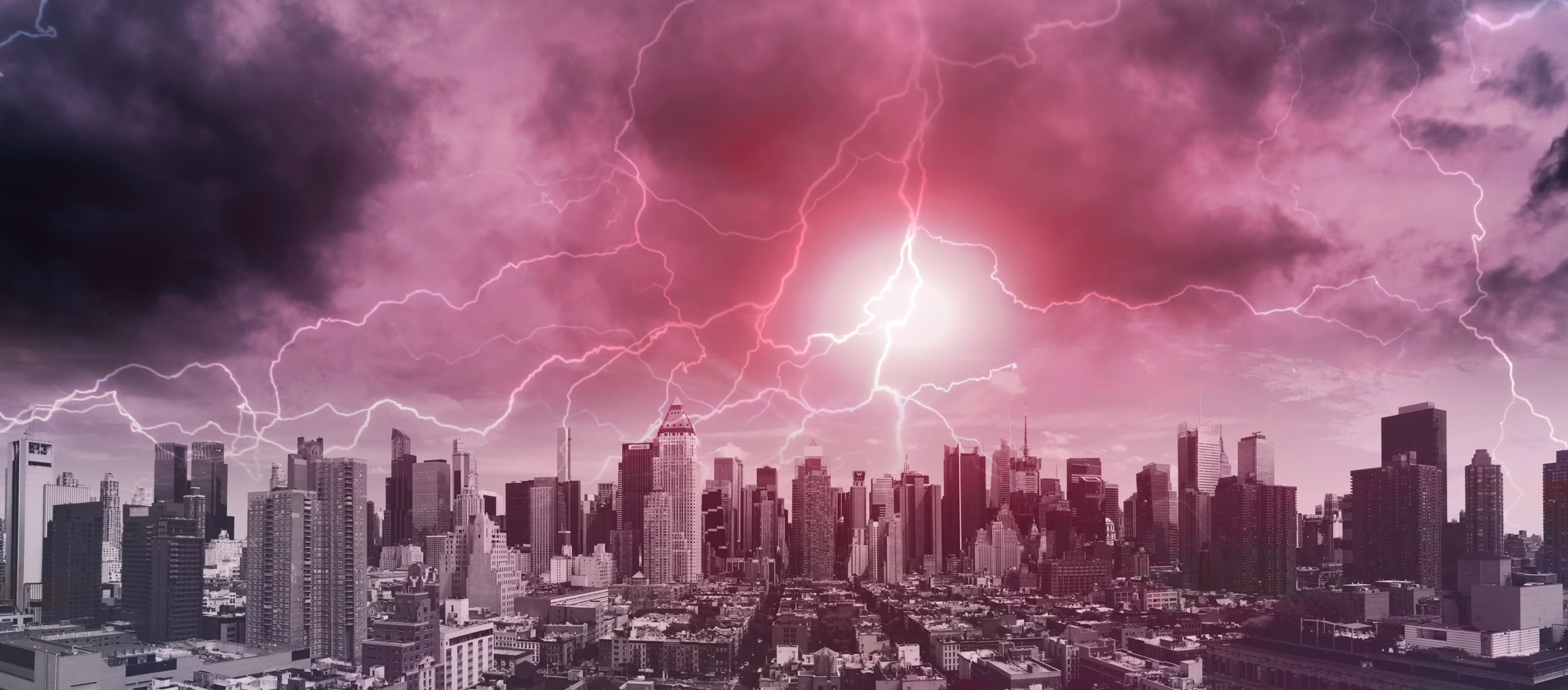
A report produced by World Weather Attribution (WWA) and Climate Central finds that 2024 was quite a year for extreme weather events fuelled by climate change.
Several trends manifested and strengthened throughout the year, with extreme weather dominating from the beginning to the end, which scientists say is the warmest ever recorded.
The impacts are pretty staggering, with the analysis finding that the climate crisis contributed to the death of at least 3,700 people and displaced millions, spread across just 26 events – the 2024 events the report studies. The 26 events represent just a fraction of the 219 events 2024 that meet the trigger criteria of (WWA).
Another staggering fact that came out of the 2024 report was that on a global level, on average, climate change’s impacts added 41 additional days of dangerous heat that threatens people’s health. However, this is often the case with climate change disproportionally divided, with small island states and developing economies being the most impacted.
The weather phenomenon, El Nino, influenced extreme weather events at the beginning of 2024 – however, the report’s authors say that their study found that climate change played a more prominent influential role, including a historic drought in the world’s largest tropical rainforest – the Amazon. This is consistent with the fact that as the planet warms, the influence of climate change increasingly overrides other natural phenomena that affect the weather.

Record-breaking
In 2024, record-breaking temperatures resulted in record-breaking downpours. From Nepal’s Kathmandu to the United Arab Emirates’s (UAE) Dubai and Brazil’s Rio Grande do Sul and the Southern Appalachians in the US, the past 12 months have been marked by devastating floods. WWA studied 16 floods; out of those, 15 had been driven by climate change-amplified rainfall. In the basic physics of climate change, a warmer atmosphere holds more moisture, resulting in heavier downpours, a core ingredient of these events. A combination of shortfalls in in early warnings and evacuation plans, it is estimated, also contributed to substantial death tools and the floods in Sudan and Brazil highlighted the importance of maintenance as well as the need to upgrade flood defences.
In the Amazon and Pantanal Wetland, climate impacts were a forceful factor in 2024, with severe droughts and wildfires, which resulted in substantial biodiversity losses. As the world’s most important land-based carbon sink, the Amazon is crucial for the stability of the global climate. An end to deforestation would protect ecosystems from drought and wildfire, as dense vegetation can absorb and retain moisture.
A warmer ocean and warmer air fueled more destructive storms in 2024, including Hurricane Helene in the US and Typhoon Gaemi in East China, Taiwan and the Philippines. The WWA attribution studies showed that these storms have stronger winds and release more rain. Research carried out by Climate Central found that climate change increased the intensity of most Atlantic Hurricanes between 2019 and 2023. Of the 38 hurricanes analysed in that period, 30 had wind speeds that were one category higher on the Saffir-Simpson than they would have been without human-caused warming, and the risk of multiple Category 3-5 typhoons hitting the Philippines in a given year is increasing as the climate continue to warm.
So far, 2025 has at least carried on, whereas 2024 finished with a significant extreme weather event already recorded in the devastating and extreme LA Wildfires.

